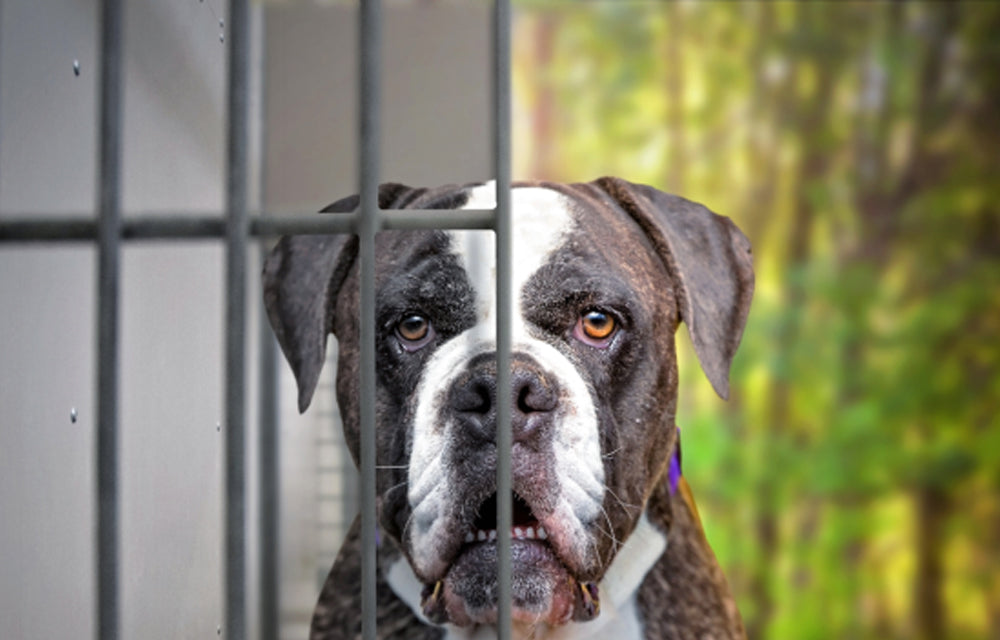Separation Anxiety in Dogs
What is Separation Anxiety in Dogs?

Signs & Symptoms of Separation Anxiety in Dogs
Separation anxiety in dogs is a condition characterized by excessive anxiety or distress when a dog is separated from its owner or left alone.
Dogs with separation anxiety typically display behaviors such as excessive barking, howling, whining, destructive chewing, pacing, restlessness, urinating or defecating indoors, and attempting to escape.
The exact cause, in every situation, of separation anxiety isn’t fully understood, but it can develop due to various factors such as genetics, early life experiences, sudden lifestyle changes, or a lack of proper socialization.
It is more commonly observed in certain dog breeds, as well as in dogs that have experienced a significant life event.
Your veterinarian may help determine the severity of the condition and provide guidance on the most effective treatment options, including behavior modification techniques, desensitization exercises, crate training, or the use of medications in severe cases.
Remember, every dog is unique, and the treatment approach may vary depending on individual needs. Patience, consistency, and above all - positive reinforcement are crucial when addressing separation anxiety in dogs!
Signs & Symptoms of Separation Anxiety in Dogs
1.Excessive Barking or Howling:
Dogs with separation anxiety could vocalize excessively when left alone. This can occur shortly after you leave or persist throughout your absence.
2.Destructive Behavior:
Dogs may engage in destructive behaviors like chewing furniture, scratching doors or walls, or tearing up belongings. These actions often focus on items with your scent or near exit points.
3.House Soiling:
Dogs with separation anxiety may have accidents indoors, even if they are typically house-trained. They may eliminate in areas closer to entrances or where they can still detect your scent.
4.Attempts to Escape:
Dogs may attempt to escape confinement when left alone, which can lead to injury or damage to your home. They may scratch or dig at doors or windows in an attempt to get out.
5.Pacing and Restlessness:
Dogs may exhibit restless behavior, such as incessant pacing, when separated from their owners. They may seem unable to settle down and appear agitated or distressed.
6.Excessive Salivation or Drooling:
When experiencing separation anxiety, dogs may exhibit increased drooling or salivation. You might notice wet spots on either the floor or furniture where they lie.
7.Loss of Appetite:
Dogs with extreme separation anxiety may lose their appetite when left alone. They may not eat until you return or may refuse food altogether.
8.Obsessive Shadowing:
Some dogs with separation anxiety may follow their owners excessively when they are at home, trying to stay as close as possible and showing signs of anxiety when they try to leave.
It's important to note that these signs could also indicate other underlying issues, so it's always helpful to speak to a veterinarian or a certified dog behaviorist to get an accurate diagnosis and develop an appropriate treatment plan.
